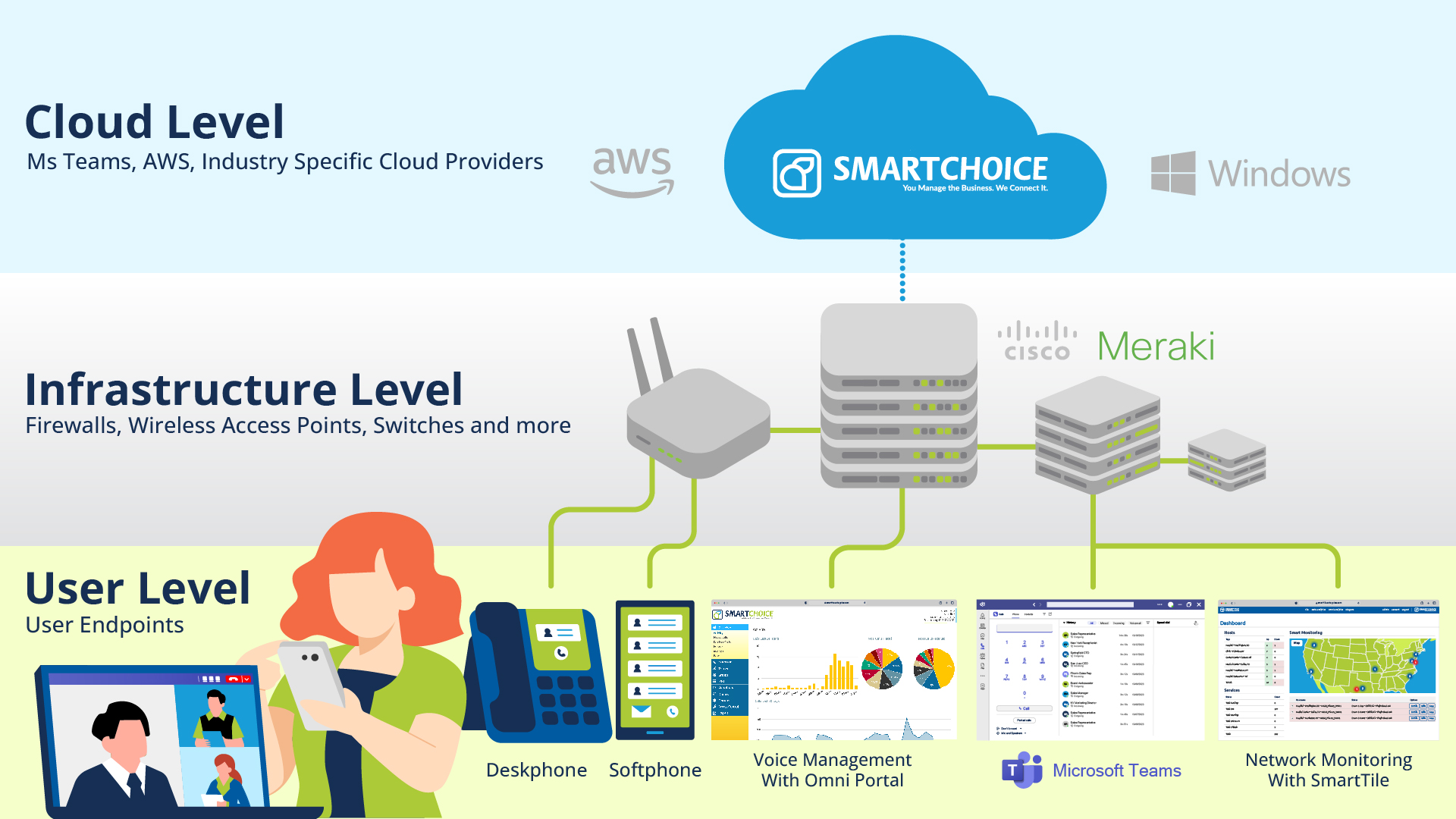How To Upgrade Your Phone System for a Multi-Site Business

Introduction
As technology rapidly advances, upgrading your company’s phone system becomes a crucial step in staying competitive and enhancing communication across multiple sites. If you currently have an outdated phone system, migrating to a new voice system can bring numerous benefits. However, a successful transition requires careful planning and consideration. In this article, we will explore the key factors to think about when upgrading your phone system across multiple sites, ensuring a smooth and efficient transition to a new voice system.
Assessing Current Infrastructure and Requirements
Before upgrading your phone system, it’s essential to conduct a comprehensive assessment of your current infrastructure and communication requirements. Evaluate the capabilities and limitations of your existing system, including hardware, network infrastructure, and call quality. Consider factors such as the number of users, call volume, scalability needs, and integration requirements with other business applications.
Determining the Right Voice Solution
Choosing the right voice solution is crucial for a successful upgrade. There are several options to consider, including on-premises systems, cloud-based solutions, and hybrid models. Evaluate the benefits and drawbacks of each solution based on factors such as cost, scalability, maintenance requirements, flexibility, and security.
Cloud-based solutions, such as Voice over IP (VoIP) or Unified Communications as a Service (UCaaS), offer numerous advantages for multi-site companies. They provide scalability, centralized management, seamless integration with other collaboration tools, and cost savings through reduced infrastructure and maintenance expenses.
Ensuring Network Readiness and Bandwidth
Upgrading to a new voice system requires a robust network infrastructure to support the increased demands. Assess your network’s readiness by considering bandwidth requirements, Quality of Service (QoS) capabilities, and network security protocols. Ensure that your network can handle the voice traffic across multiple sites without compromising call quality or data transmission.
Planning the Transition and Deployment Strategy
A well-planned transition strategy is vital to minimize disruptions and ensure a smooth deployment of the new voice system. Create a detailed project plan that includes milestones, timelines, and resource allocation. Consider whether a phased or simultaneous deployment across all sites is more suitable for your organization.
Test the new system thoroughly in a controlled environment before full implementation. Train employees on the features and functionalities of the new system, addressing any concerns or questions they may have. Develop a support plan to provide ongoing assistance and troubleshoot issues during and after the transition.
Considering Integration and Compatibility
Evaluate the compatibility of the new voice system with existing business applications and tools. Determine if the solution integrates smoothly with customer relationship management (CRM) software, helpdesk systems, and other critical applications that rely on voice communication. Seamless integration can enhance productivity and streamline workflows across multiple sites.
In Summary
Upgrading your multi-site company’s phone system requires careful consideration and planning to ensure a successful transition. Assessing your current infrastructure, determining the right voice solution, ensuring network readiness, and planning the deployment strategy are crucial steps in the process. By upgrading to a new voice system, you can unlock enhanced communication capabilities, scalability, and integration with other business applications, fostering collaboration and driving productivity across multiple sites.





